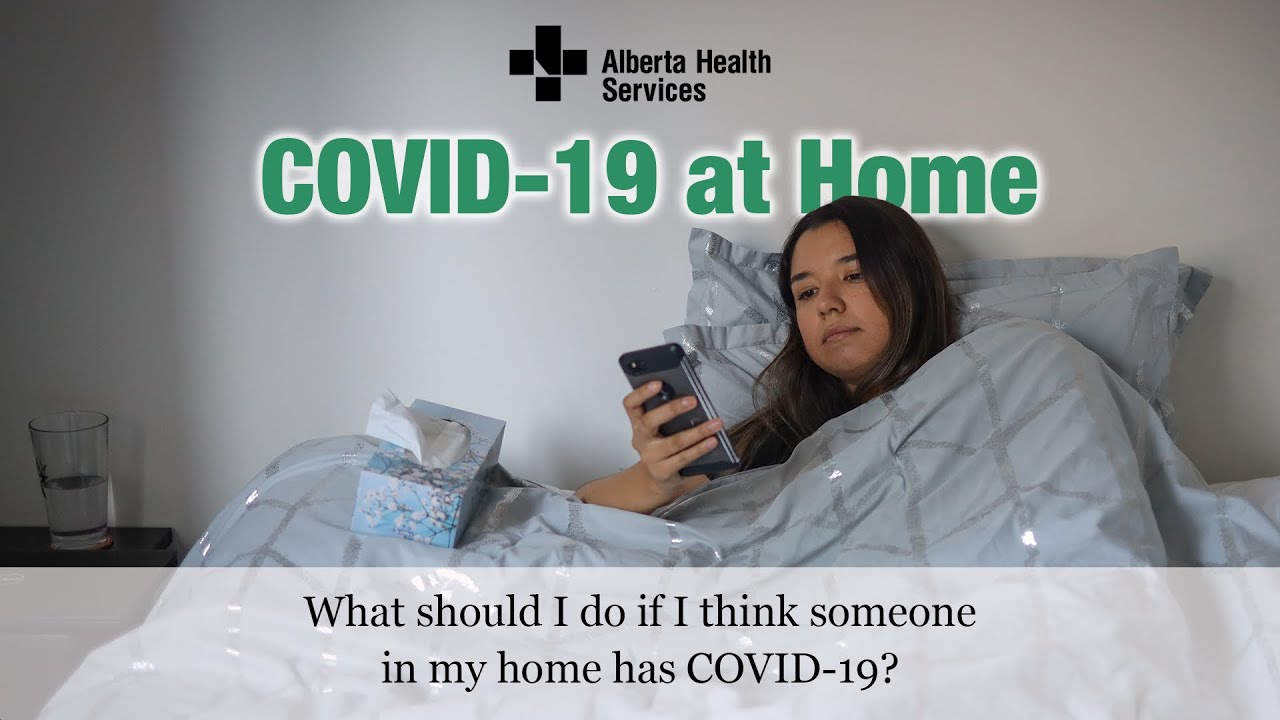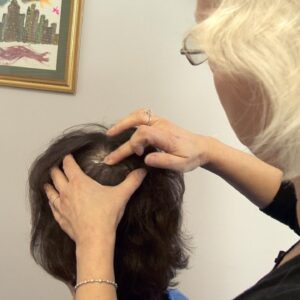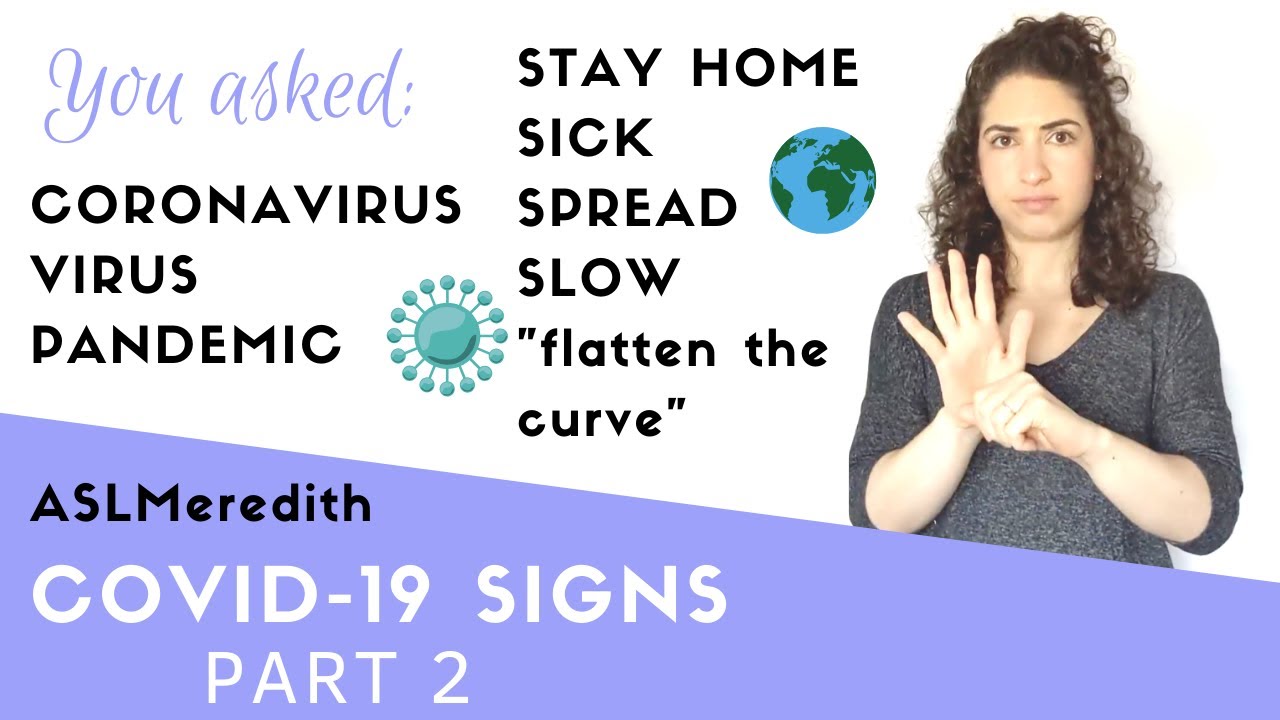What to do at home during oronavirus outbreak? If you have ever contracted this virus, you know how awful it is. The good news is that there are some things you can do to protect yourself and your family. This article will provide some tips for preventing oronavirus infections. Then, you can avoid visitors if possible. If you are at home, you can use the internet to look up helpful information.
Symptoms of oronavirus
If you’ve been wondering if you have the coronavirus, you’ve come to the right place. A doctor in a protective suit is examining a family with symptoms of oronavirus at home. The boy is sitting on a couch, so the doctor measures his temperature with an infrared thermometer. After that, he’s been quarantined and should be confined for five to 10 days.
You should be self-isolating for 10 to 14 days if you suspect that you’re infected. After the first day or two, you should call 119 or visit the NHS 111 website to book a coronavirus test. If you have any questions, ask your doctor or nurse. They will help you determine the best course of action. If you are experiencing any of the symptoms listed above, you should contact the NHS immediately. If you have a history of infection, you should contact your doctor.
Prevention
The CDC has updated its guidelines for quarantine. However, the guidelines can vary by country and over time. It is best to contact your doctor for up-to-date information on quarantine. You can also find information at your local health department. Here are some tips to keep yourself and your children safe from oronavirus. These steps may not be sufficient in all circumstances. Regardless of the method you choose, practice good hygiene and avoid contact with sick people.
If you suspect that someone in your family is infected with coronavirus, you must keep them away from the rest of the family. This will keep the illness from spreading to others. If you have to be around people, use a mask when you must contact them. However, you should not put on a mask if the person you are around is a child under two years of age or cannot remove it without assistance.
In the case of mild cases, patients with symptoms may be discharged from home isolation after five days. They should still wear a mask when around other people, especially those with low immune systems. Those who have symptoms should avoid contact with immunocompromised people, such as those in nursing homes or health care settings. You should also avoid contact with those who have a high risk for COVID-19. The only way to be sure is to get tested for it.
Self-quarantine
As the novel coronavirus outbreak continues to spread across the world, health officials have encouraged social distancing. Some individuals and groups have even been asked to self-quarantine at home. But is this really necessary? What are the benefits and disadvantages of this approach? Here are some tips. First, remember to stay hydrated. Drinking plenty of Gatorade can help you fight off the symptoms of illness. Also, be sure to have some Tylenol in case you’re feeling feverish.
In general, COVID-19 symptoms appear two weeks after the infection. Sometimes, people may not have any symptoms for weeks after the initial exposure. Regardless of how long the symptoms last, it is recommended to self-quarantine at home during an outbreak. This self-quarantine allows you to confirm that you do not have the disease and are not spreading it to others. In the meantime, you can continue to socially isolate yourself for as long as you need to.
Depending on your recent vaccination and booster, you can self-quarantine at home during an outbreak of COVID-19. However, it is important to get tested for the illness immediately if you are experiencing any symptoms of the disease. The symptoms of COVID-19 can vary, but in general, mild ones are manageable. Self-quarantine is an important part of protecting yourself against the virus.
After you’ve had contact with a person with COVID-19, you must monitor yourself closely for up to 14 days to be sure you haven’t contracted it. During this time, you must also observe public health precautions and keep at least six feet away from other people. Your family members or intimate partner must be on the lookout for any symptoms of the illness. They must also get tested for COVID-19 and contact your medical provider for further information.
Avoiding visitors
In order to avoid spreading the virus, caregivers and patients should keep their distance from one another. Social distancing is not always possible, so caregivers should wear face masks and stay at least six feet apart from sick individuals. However, this distance can be difficult to maintain. Experts offer tips for staying healthy while receiving home visits. The following are some tips for home health aides and patients.
Staying busy
One way to stay busy at home during an oronavirus outbreak is by doing some self-care activities. While you’re stuck at home, you may be feeling anxious about your health and finances, or you might feel bored and frustrated. However, self-care activities can make you feel more productive and less frantic. Here are some ideas for doing things you love while at home:
Start new hobbies. Many local businesses are hosting holiday activities, so if you’re home, there are plenty of things to keep you busy. Try Netflix binge watching, or catch up on TV shows you missed over the last year. This can keep you from feeling isolated. Keep yourself busy with something creative or entertaining. Make sure to support local businesses while staying at home. You’ll be glad you did.




